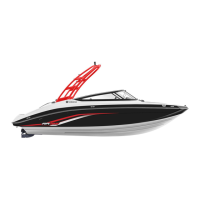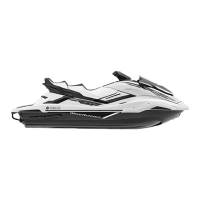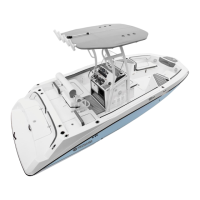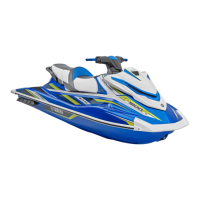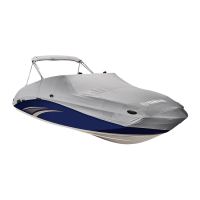What to do if the Yamaha Boat starter motor does not turn over?
- RRandy HickmanAug 9, 2025
If the starter motor of your Yamaha Boat doesn't turn over, several issues could be the cause. First, check the fuse; if it's burned out, replace it and inspect the wiring. Ensure the battery is charged. Tighten any loose terminal connections. Verify that the battery switch is turned on and the rear platform hatch is securely latched. Also, make sure the remote control lever is in the neutral position. If none of these steps work, the starter component may need servicing by a Yamaha Boat Dealer.


